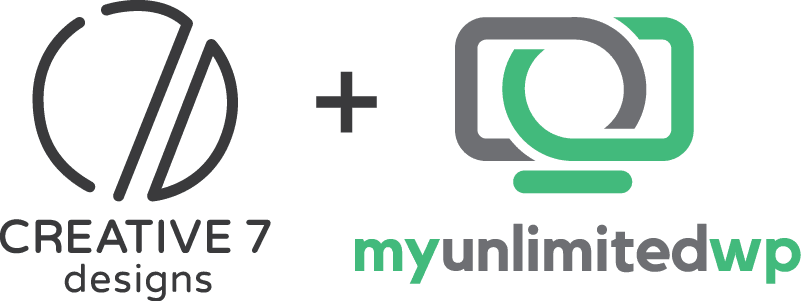Overview: Your intake process could be driving potential clients away. Learn how to identify weak spots, streamline your approach, and turn more leads into loyal clients. Read on!
You’ve invested in marketing. Your website looks sharp. People are finding you. But here’s the kicker — leads are slipping through the cracks, and you’re not sure why.
It might not be your services. It might not be your pricing.
It might be your intake process.
In many professional service industries — law, real estate, consulting, healthcare — intake is where potential clients form their first real impression of how you work. If it feels clunky, confusing, or impersonal? They bounce. Fast.
Let’s unpack what could be going wrong — and how to fix it so you can capture, qualify, and convert more leads with less friction.
A Lead’s Journey: What Today’s Clients Expect
Before a prospect becomes your client, they’ve already:
-
Searched online
-
Reviewed your site
-
Compared you to competitors
-
Read your testimonials
So by the time they’re ready to reach out, they’re looking for one thing: a frictionless experience. No barriers, no confusion — just an easy way to connect and take that next step.
If your intake process feels overwhelming, impersonal, or slow to respond, you’re not just losing leads — you’re leaving a lasting impression that says, we’re hard to work with.
The Common Breakdowns in Client Intake
Here’s where most firms get tripped up:
-
Long, overwhelming forms that ask for too much upfront
-
Generic autoresponders with no indication of what happens next
-
Delayed responses from staff, causing leads to move on
-
Inconsistent intake channels (your website says one thing, your front desk says another)
-
Lack of clarity — clients submit a form and hear… nothing
When these touchpoints don’t flow smoothly, potential clients disengage. They ghost. They go with someone who responded faster — or made the process feel easier.
Designing an Intake Process That Converts
The key to a lead-friendly intake process is to design it with empathy and efficiency. Start by keeping your intake form simple and focused. Only ask for what you need to start the conversation. Think of it as an invitation, not an interrogation.
Next, connect your intake to your CRM or case management tool so leads don’t fall into a black hole. Systems like Clio Grow, Dubsado, or HubSpot let you automate confirmations, assign follow-ups, and trigger email workflows that keep leads engaged while you prep.
Want bonus points? Add an online scheduler. Giving people the ability to book a consultation on their terms — whether it’s 10 a.m. or 10 p.m.—says, We value your time. It’s a small shift that delivers a big return.
Personalization Is the Secret Sauce
Just because intake is part of your system doesn’t mean it should feel robotic. Personal touches matter. Use friendly, clear language in your confirmation emails. Add your name and photo. Let people know what happens next and when they’ll hear from you.
When intake feels human, professional, and intentional, people feel taken care of—and that’s the beginning of trust.
In Summary
A strong intake process isn’t just about operations—it’s about opportunity. Every form submission or phone call is a chance to set the tone for a long-term relationship. If your process makes it easy to say yes, you’re already ahead of the competition.
So take a look at your current system. Walk through it like a client would. Where do things feel confusing? Cold? Slow? That’s where you start.
Because when your intake experience aligns with the quality of your work, you stop losing leads — and start building loyalty.
Stay in touch with us for more!


